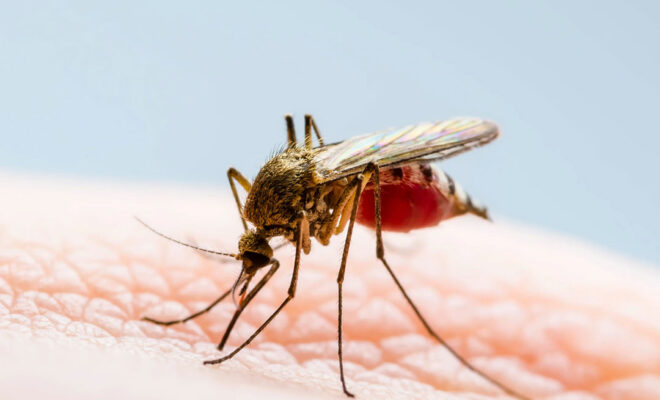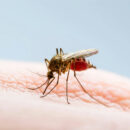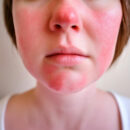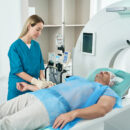Allergic Reactions and Treatments in the Emergency Department
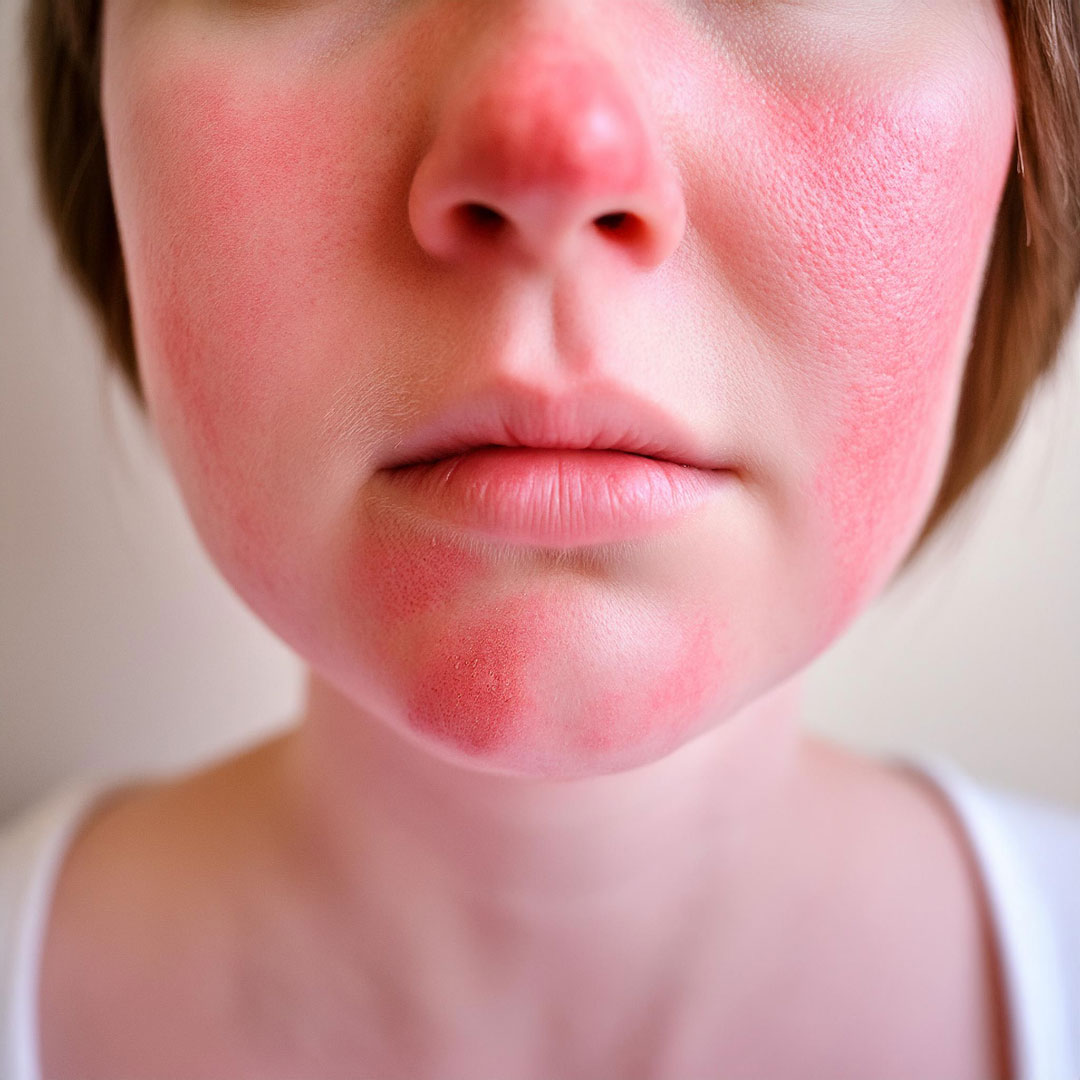
Recognition, Management and Treatment:
Overview:
– The importance of timely recognition and treatment of allergic reactions.
– Impact on patient outcomes.
Definition:
Hypersensitivity reactions of the immune system to a typically harmless substance.
Common Allergens:
– Foods (nuts, shellfish, eggs).
– Medicines (penicillin, aspirin).
– Insect stings (bees, wasps).
– Environmental factors (pollen, pet dander).
Types of Allergic Reactions:
Type I: Sudden Hypersensitivity (Anaphylaxis)*
– Pathophysiology: IgE-mediated response.
– Symptoms: Urticaria, angioedema, respiratory distress, hypotension.
Type II: Cytotoxic Reactions*
– Pathophysiology: IgG or IgM mediated.
– Examples: Hemolytic anemia.
Type III: Immune Complex Reactions*
– Pathophysiology: Antigen-antibody complexes.
– Examples: Serum sickness.
Type IV: Delayed Hypersensitivity*
– Pathophysiology: T cell mediated.
– Examples: Contact dermatitis.
Symptoms:
– Skin: Rash, itching, swelling.
– Respiratory: Wheezing, shortness of breath, stridor.
– Cardiovascular: Hypotension, tachycardia.
– Gastrointestinal: Nausea, vomiting, diarrhea.
*Importance level:*
– Mild: Localized rash.
– Moderate: Systemic symptoms not accompanied by hypotension.
– Severe: Anaphylaxis, shock.
Diagnosis:
– History and Physical Examination:
Patient history (exposure to allergens, previous reactions).
Physical symptoms (rash, swelling, respiratory distress).
– Diagnostic Tests:
Blood tests (tryptase levels).
Skin prick tests (for certain allergens).
RAST (Radioallergosorbent test).
Initial and Advanced Management in the Emergency Department:
-*Primary Research (ABCs):*
– Airway: Ensure patency, consider intubation if necessary.
– Breathing: Give oxygen.
– Circulation: Provide IV access, monitor vitals.
– *Emergency Interventions:*
– Epinephrine: First-line treatment for anaphylaxis (IM administration).
– Antihistamines: H1 and H2 blockers.
– Corticosteroids: To reduce delayed symptoms.
– IV Fluids: For hypotension and shock.
– *Additional Medicines:*
– Bronchodilators: For bronchospasm.
– Vasopressors: For refractory hypotension.
- *Tracing:*
– Continuous monitoring of vitals.
– Post-treatment observation period.
Prevention and Patient Education:
– *Preventive measures:*
Avoiding known allergens.
Use of medical alert ID.
Prescription for emergency epinephrine auto-injectors.
- *Education:*
How to use an epinephrine auto-injector?
Recognizing the early signs of allergic reactions.
When to seek medical help?
Challenges and Things to Consider:
– *General Difficulties:*
Distinguishing allergic reactions from other conditions.
Management of patients with multiple comorbidities.
To ensure rapid and appropriate use of epinephrine.
– *Thoughts:*
Variability in presentation.
The need to make quick decisions.
Dr. Ali Al Sahli
Elite Hospital Emergency Service
Contact Us For Appointment:
Telephone line: 0392 444 3548 (ELIT)
Contact Form: https://www.elitenicosia.com/iletisim/






